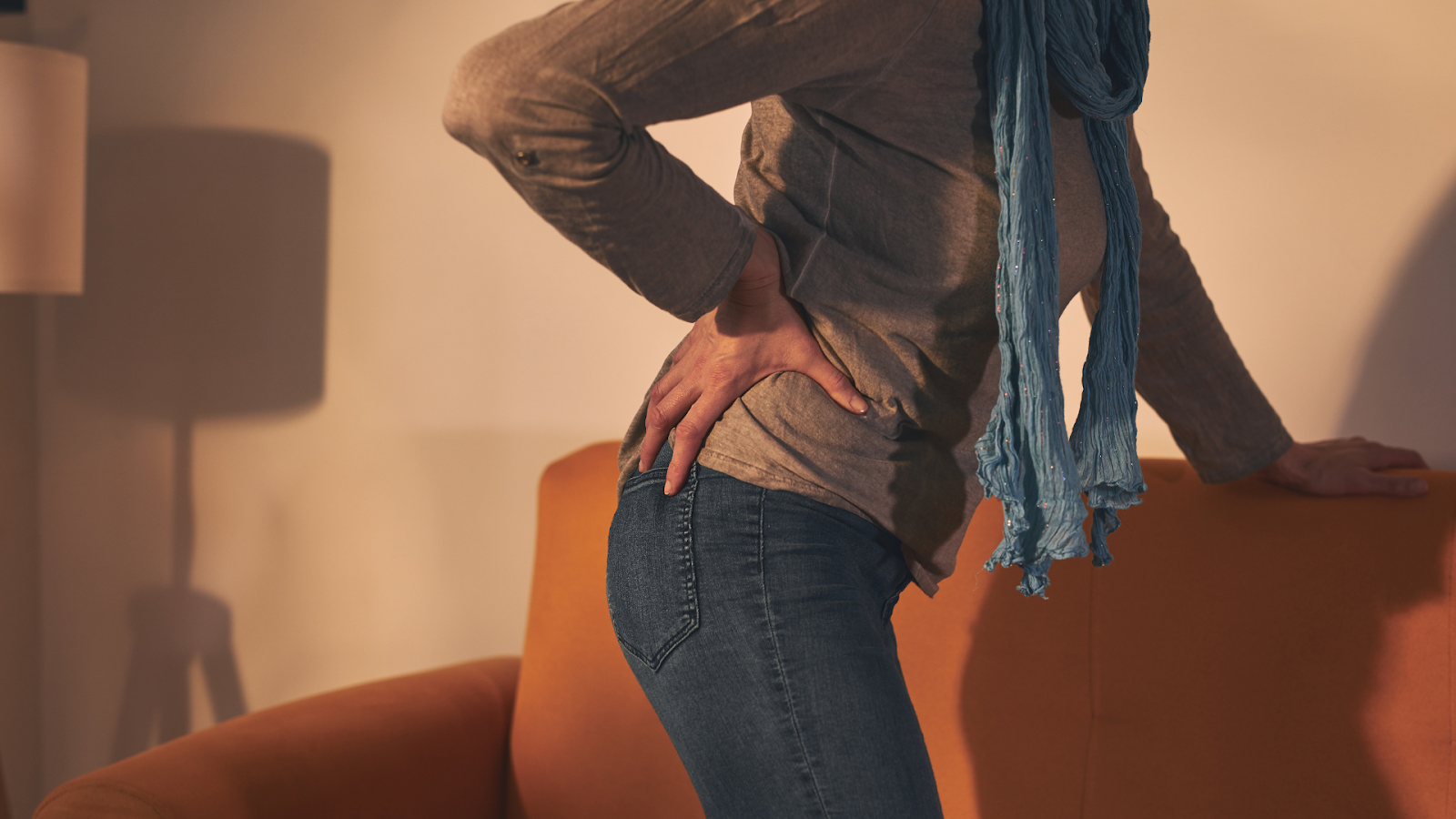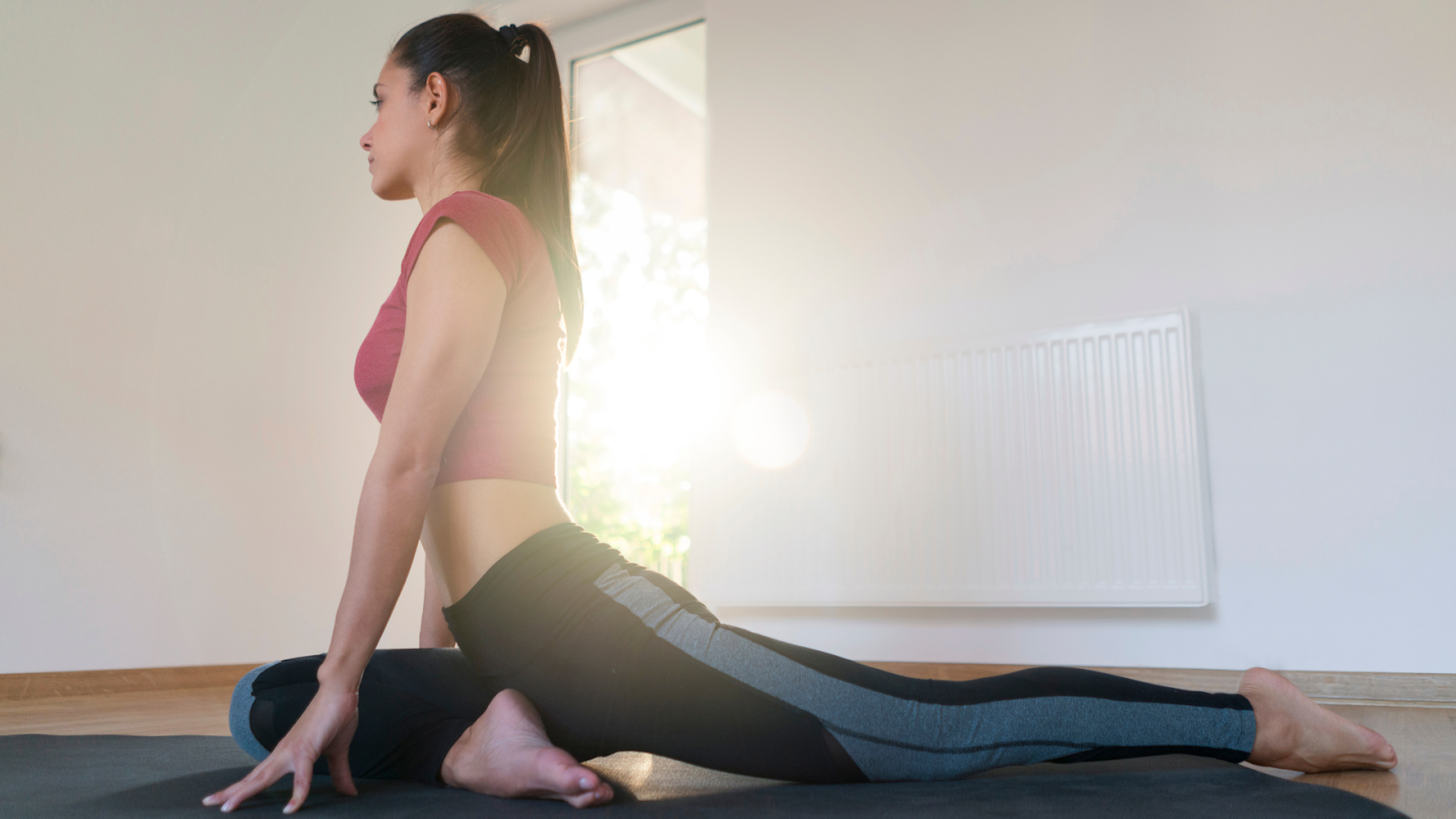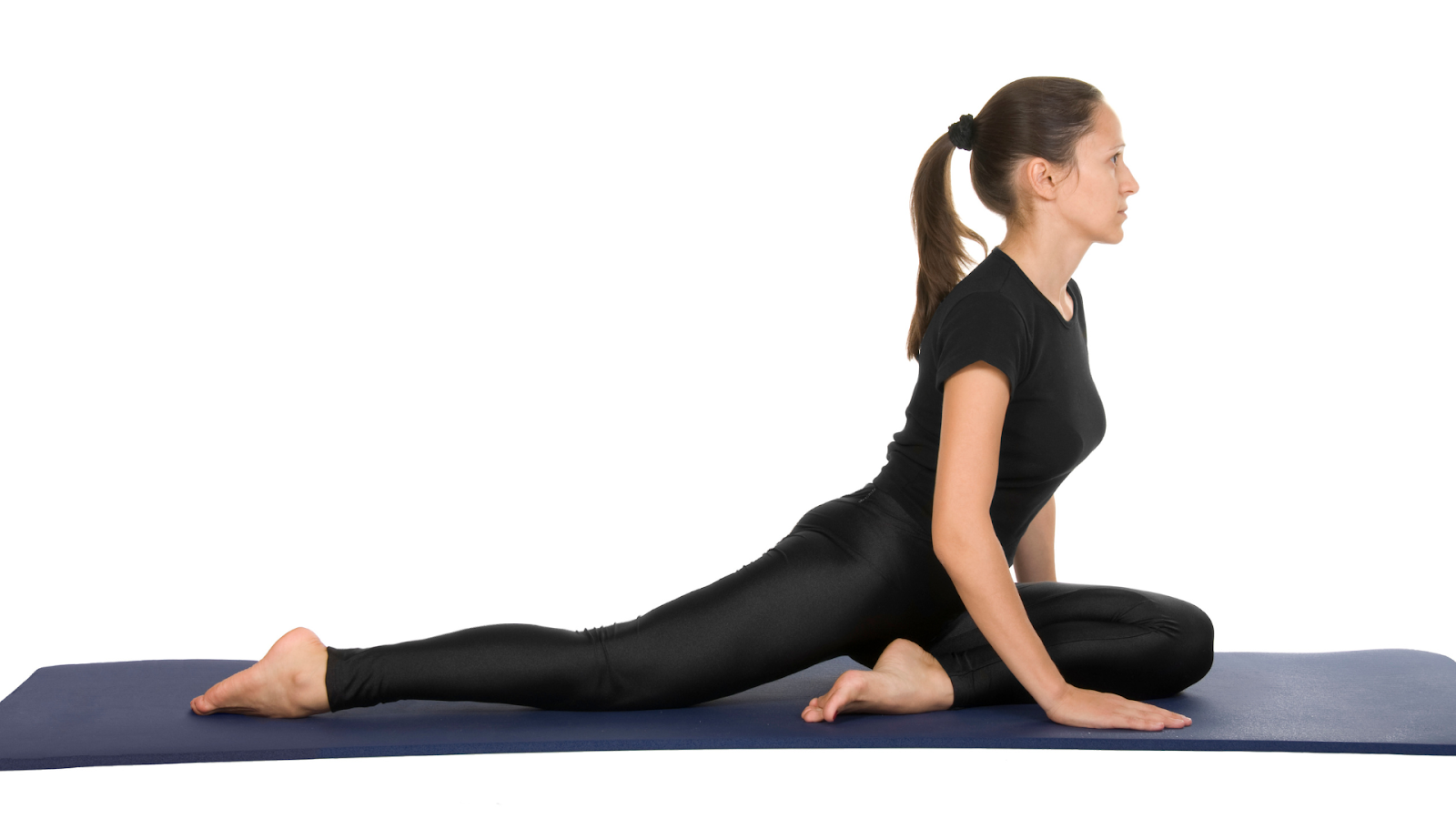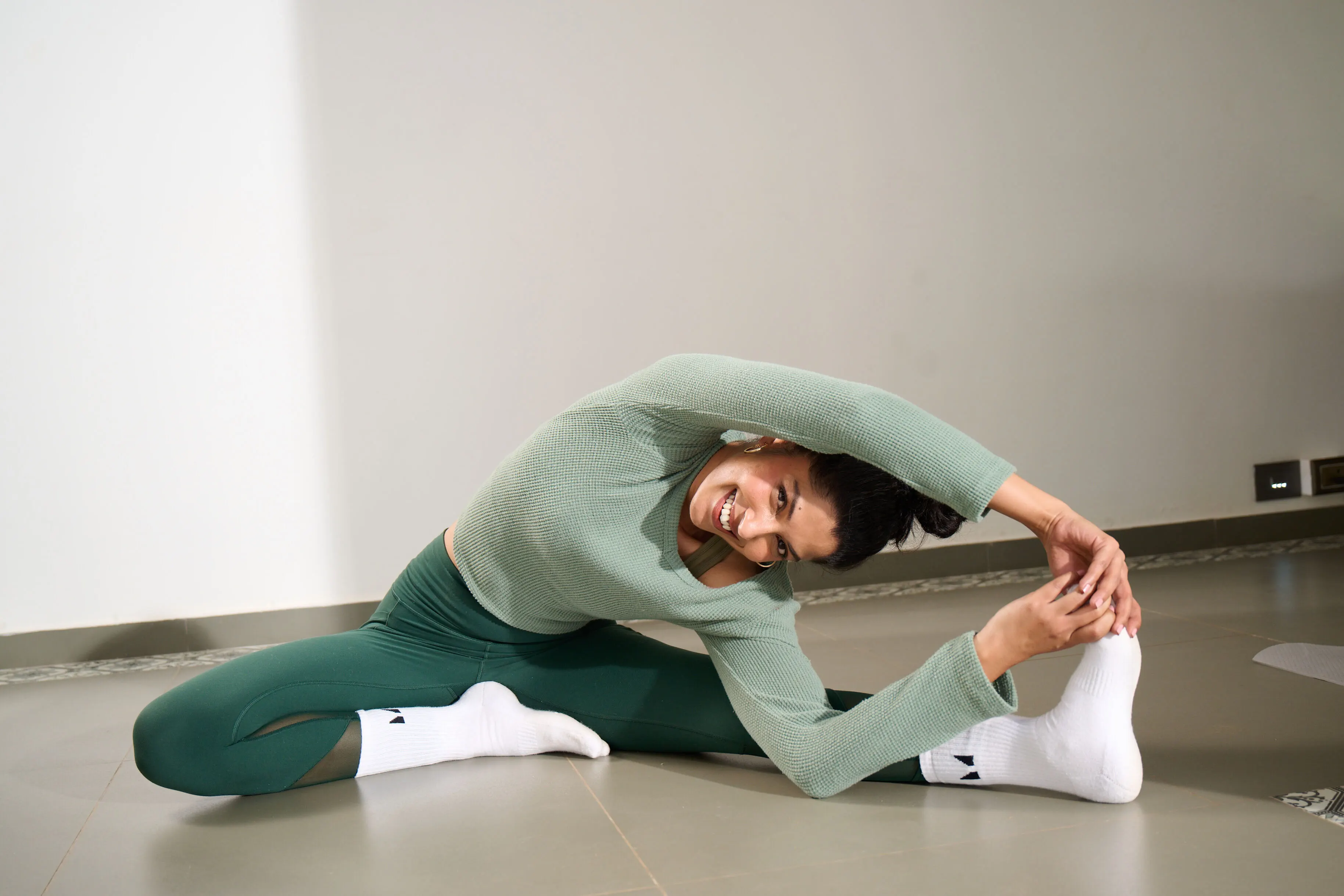The connection between the mind and body is a central theme in holistic practices like yoga. Among various aspects of this connection, the concept of emotion being trapped in the body, particularly in the hips, has gained significant attention. This concept suggests that our physical body can hold onto emotional tension, leading to physical stiffness and discomfort. But how true is this idea? Are emotions really stored in the hips, and if so, how can yoga help release them? This blog deep dives into these questions, exploring the relationship between emotions and the hips, and how yoga can be a powerful tool for emotional release and healing.
Why and How Are Emotions Stored in the Hips?
The concept of emotions being stored in the hips, is rooted in both ancient wisdom and modern psychology. In many Eastern philosophies, the hips are considered the body's emotional storage center, particularly for emotions related to control, power, and fear. These philosophies suggest that when we experience trauma or emotional stress, our bodies may "store" these emotions in specific areas, including the hips.
From a physiological perspective, the hip area houses some of the largest muscles in the body, including the psoas, which is deeply connected to our fight-or-flight response. When we experience stress or trauma, our bodies often tighten up as a protective mechanism. Over time, if this tension isn't released, it can lead to chronic tightness in the hips, which may be associated with unresolved emotions.
Types of Emotions Stored in the Hips

Different emotions are believed to be stored in different parts of the body. The hips, in particular, are thought to hold onto feelings related to fear, anxiety, sadness, and even sexual trauma. Here are some specific emotions that are often associated with the hips:
- Fear and Anxiety: The psoas muscle, which connects the lower spine to the femur, is often referred to as the "muscle of the soul." It's closely linked to our primal fight-or-flight response, making it a common storage site for fear and anxiety.
- Sadness and Grief: The hips are also thought to hold onto deep-seated sadness and grief. This can be related to loss, trauma, or any situation where emotions were repressed rather than expressed.
- Anger and Resentment: These emotions are often linked to the body's tension, particularly in the hips and lower back. When we feel out of control or powerless, we may unconsciously tighten our hip muscles, leading to stored anger and resentment.
- Sexual Trauma: Given the proximity of the hips to the reproductive organs, they are also considered a potential storage site for emotions related to sexual trauma or abuse. This can manifest as tightness, discomfort, or even pain in the hip area.
Tight Hips and Trapped Emotions
Tight hips refer to a condition where the muscles around the hip joint, including the psoas, hamstrings, and glutes, become stiff and inflexible. This tightness can result from various factors, including trapped emotions, prolonged sitting, lack of movement, or physical stress. However, emotional stress is a significant contributor to tight hips.When we experience intense emotions, particularly those related to fear or anxiety, our body's natural response is to contract and tighten the muscles as a form of protection. Over time, this chronic tension can lead to tight hips, which not only restricts physical movement but can also contribute to emotional discomfort and unease.
How Does Yoga Help and What Is Hip Opening?

Yoga connects the mind, body, and spirit through movement and breath. One of the most effective aspects of yoga for releasing stored emotions is its focus on hip opening poses. Hip opening refers to yoga poses that stretch and strengthen the muscles around the hip joint, helping to release physical and emotional tension.
The Science Behind Hip Opening
From a physiological perspective, hip-opening poses help to stretch and lengthen the muscles around the hips, particularly the psoas, which can become tight due to both physical and emotional stress. By regularly practicing these poses, you can increase the flexibility and mobility of the hip joints, which can alleviate physical discomfort.Emotionally, hip-opening poses can create a sense of vulnerability, as they require you to stretch and open areas that are often closed off and protected. This process can help bring suppressed emotions to the surface, allowing you to acknowledge and release them in a safe and controlled environment.
Yoga Practices to Release Emotions in the Hips

Several yoga practices and poses are particularly effective for releasing emotions stored in the hips. These poses not only help to physically open the hip area but also create space for emotional healing and release.
- Pigeon Pose (Kapotasana): This is one of the most powerful hip openers in yoga. It deeply stretches the hip flexors and psoas, helping to release physical tension and emotional blockages. The pose also encourages you to focus on your breath, which can help release suppressed emotions.
- Bound Angle Pose (Baddha Konasana): This pose gently opens the hips and groin, encouraging relaxation and emotional release. It's particularly effective for releasing feelings of fear and anxiety stored in the hips.
- Lizard Pose (Utthan Pristhasana): Lizard Pose is a deep hip opener that stretches the hip flexors, hamstrings, and quadriceps. It can be an intense pose, both physically and emotionally, as it helps release stored tension in the hips.
- Happy Baby Pose (Ananda Balasana): This pose is excellent for opening the hips and releasing lower back tension. It also encourages a sense of playfulness and relaxation, helping to release emotions related to fear and sadness.
- Frog Pose (Mandukasana): Frog Pose is an intense hip opener that stretches the inner thighs and groin. It can be challenging, both physically and emotionally, but it's highly effective for releasing deep-seated emotions stored in the hips.
- Shoulder Stand (Sarvangasana): Inversions such as Sarvangasana reverse the blood flow from the lower body and hips, soothing the nervous system and reducing stress. The pose stimulates the thyroid and parathyroid glands, promoting hormonal balance and emotional stability. It also gently stretches the hip flexors and lower back, easing physical tension and supporting emotional release. When practicing, apply Ashwini Mudra (Horse gesture) as it is more impactful.
Other Yoga Practices to Release Emotions from the Hips
Cleansing practices such as Laghoo Shankaprakshalan (conch/ intestines cleansing) release trapped energy, toxins and make the body lighter. Practicing Mula Bandha (the root lock) and mudras such as Ashwini mudra are also very impactful. Pranayama practices such as Kapal Bhati (Frontal Lobe Cleansing), Bhastrika (Bellows Breathing) and sectional breathing in Svanasana increase the flow of energy and vitality in the body. The idea that emotions can be stored in the hips may seem abstract, but both ancient wisdom and modern science suggest a strong connection between the mind, body, and emotions. The hips are a common storage site for emotions related to fear, anxiety, sadness, and trauma. Yoga, with its focus on hip opening and mindfulness, offers a powerful tool for releasing these stored emotions. Through consistent practice of hip-opening poses, you can not only increase the flexibility and mobility of your hips but also create space for emotional healing and release. By acknowledging and working through the emotions stored in your hips, you can move towards a more balanced and peaceful state of mind and body.Practice hip-opening poses regularly, to stretch and release trapped emotions and discomfort, live with experienced teachers on Shvasa. Meta Description: Explore how emotions are trapped in the hip and yoga practices to release stored emotions. Summary: Are emotions really stored in the hips, and if so, how can yoga help release them? This blog deep dives into these questions, exploring the relationship between emotions and the hips, and how yoga can be a powerful tool for emotional release and healing.
FAQs:
- Why and How Are Emotions Stored in the Hips?
The concept of emotions being stored in the hips, is rooted in both ancient wisdom and modern psychology. In many Eastern philosophies, the hips are considered the body's emotional storage center, particularly for emotions related to control, power, and fear. From a physiological perspective, the hip area houses some of the largest muscles in the body, including the psoas, which is deeply connected to our fight-or-flight response. When we experience stress or trauma, our bodies often tighten up as a protective mechanism. Over time, if this tension isn't released, it can lead to chronic tightness in the hips, which may be associated with unresolved emotions.
- What emotions are stored in the hips?
Different emotions are believed to be stored in different parts of the body. The hips, in particular, are thought to hold onto feelings related to fear, anxiety, sadness, and even sexual trauma.
- How are tight hips related to trapped emotions?
Tight hips refer to a condition where the muscles around the hip joint, including the psoas, hamstrings, and glutes, become stiff and inflexible. This tightness can result from various factors, including trapped emotions, prolonged sitting, lack of movement, or physical stress. However, emotional stress is a significant contributor to tight hips.
- What yoga poses help release trapped emotions?
Hip-openers such as pigeon pose, bound angle pose, happy baby pose, frog pose and lizard pose help release trapped emotions by stretching out the hip region.















.jpg)












%201.png)

%201.svg)






%201.svg)